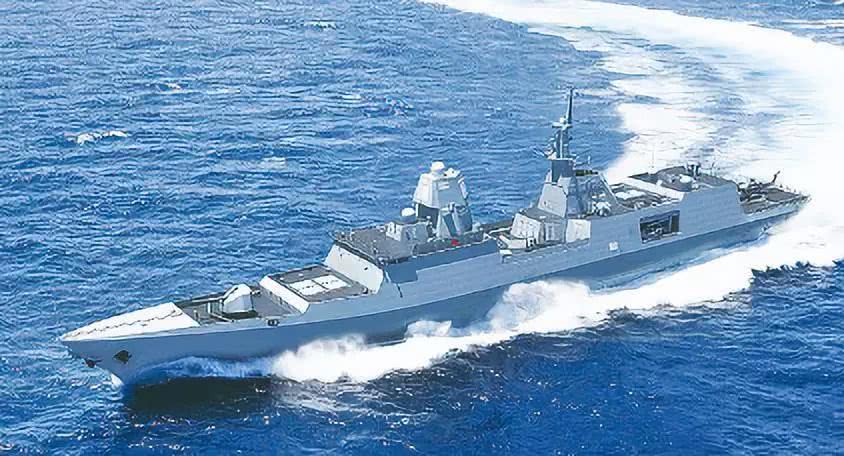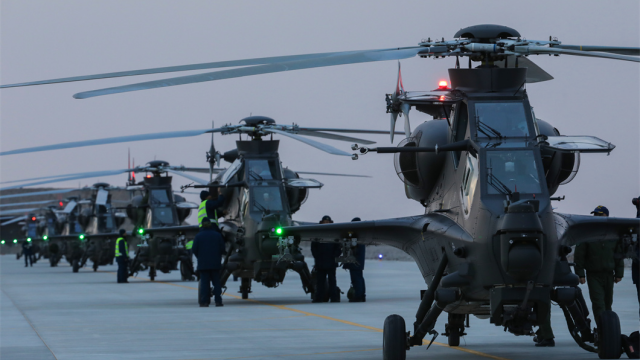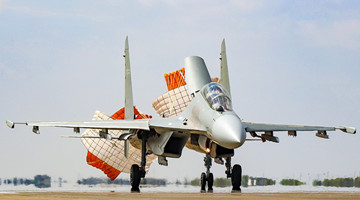
In early March, the US Naval Sea Systems Command released latest draft request for information on what it wants in its next-generation guided-missile frigate, the FFG(X). Although the FFG (X) is still in model demonstration stage, the US Navy has expected to award a detail design and construction contract by 2020.
Why the US Navy speed up its FFG(X) Frigate Program? What is the technical performance of the FFG(X)? Dr. Li Li, military observer and Professor from China National Defense University, made an in-depth analysis as follows.
Dr. Li: The prime reason why the US Navy rushes to launch the FFG(X) Frigate Program might be the inadequacy of US Navy’s Littoral Combat Ship (LCS). The LCS Program adopted a “small-volume solution” after several modifications, which led to a big problem in the subsequent development: the LCS cannot carry sufficient firepower, even though it is expected to be able to fulfill various missions.
The reason for this problem is that in 2004 when the LCS Program was approved, the US estimated that only limited countries were capable of making direct challenges at sea, and most of them were allies.
However, as time passing by, many countries have accelerated their navy construction and developed advanced combat ships with bigger tonnage and heavier firepower. The original design of the LCS is no longer sufficient to deal with possible adversaries in specific areas under current major powers’ competition. Therefore, the United States is determined to make improvements on the basis of current LCS, building a new-generation frigate with increased tonnage and stronger firepower.
According to the US Navy plan, there will be 20 FFG(X) in service within 10 years. Dr. Li pointed out that the displacement of them is currently set at 6,000 tons, equipped with 3 phased array radars, 32 Mark-41 Vertical Launch System cells, and 8 to 16 anti-ship missiles, together with medium- and long-range air defense missiles, etc. All this clearly indicates that the US intends to build a multi-mission guided- missile frigate. As for the details, Dr. Li illustrated as following.
Dr. Li:
First, if 20 FFG(X) are to be built now, the batch would be quite large. We noticed that the US is further strengthening the frigate’s ability of detect, attack, as well as its entire firepower. This is a very obvious goal of the US.
Second, the FFG (X) should get its entire Air Surveillance Radar improved to detect targets of further distance. The new frigate shall be able to coordinate in operations and share target information with other warships and aircraft.
Third, the FFG(X) must be able to carry anti-ship missiles. It is a clear goal that the frigate should be able to carry at least 8 to 16 beyond visual range (BVR) anti-ship missiles.
Fourth, the FFG(X) must be able to carry helicopters. The presently expected displacement is 6,000 tons, meaning that the overall capacity would be greatly improved.
Fifth, the FFG(X) may be equipped with laser weapons. But if it can really carry a 100-kilowatt laser weapon system in the future, the US should come up with some innovative ideas on the frigate’s own energy supply.
The latest requirement for the next-generation FFG(X) Frigate Program is that the cost per frigate should be no more than $950 million. Dr. Li pointed out that the cost of the program is controlled at a very low level. In the future, it will mainly undertake the functions of sensor platform, fire attack, as well as command and control within a certain range.
Dr. Li: According to the current procurement budget of US Navy in 2020, many major programs are actually covered, including the Ford-class aircraft carrier program. The FFG(X) is a new-generation frigate for the future combat, and the US has allocated 1.3 billion dollars for it, of which only over 50 million are applied to related research, while the rest of 1.2 billion were for the procurement of the first frigate. There will be two more purchases by 2021, instead of one as planned initially, which clearly indicates the intention of accelerating the US procurement plan.
Facing such a plan, we can see that the US Navy's determination to replace its LCS is very clear.
The US Navy plans to build a “Ghost Fleet” that includes unmanned surface vehicle “Sea Hunters” with an estimated displacement of 140 tons, and unmanned warships with a displacement of about 2,000 tons. The unmanned warships can be loaded with large radar modules and vertical launcher cells, benefiting from their larger tonnage. The core commanding ship of the“Ghost Fleet” is actually the FFG(X). Under the command of FFG(X) frigate, the Ghost Fleet can cruise in certain sea area for a long time, performing unmanned duty tasks. This is a very clear intention of the United States for the future.









